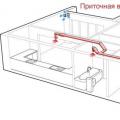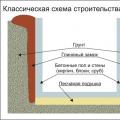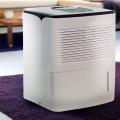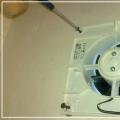The direct purpose of the cellar is to extend the shelf life of the crop, regardless of the season and weather conditions outside the window. The most important factor responsible for creating an optimal microclimate is the humidity in the cellar. To obtain good storage conditions for products, its performance must be stable and not go beyond the permissible limits.
High humidity in the cellar causes a decrease in the shelf life of products. Bringing this parameter to standard values is an important task, the solution of which is necessary for the preservation of the crop.
Influence on the microclimate and standard values
Building a cellar is a rather complex task that requires an integrated approach. When erecting it, it is necessary to take into account a huge number of factors and focus on building codes, otherwise it is unlikely that it will be possible to obtain a high-quality building. The main criteria that affect the safety of food are humidity and temperature. It is these two parameters that are the main ones and must be maintained at a certain level.
According to the regulatory documentation, the optimal conditions in the cellar are:
- humidity within 85-90%;
- temperature around 2-5 degrees.
Such a ratio of the main indicators is the most favorable for extending the shelf life of the crop. At the same time, it must be observed all year round, regardless of external factors. The imbalance instantly affects the microclimate of the room.
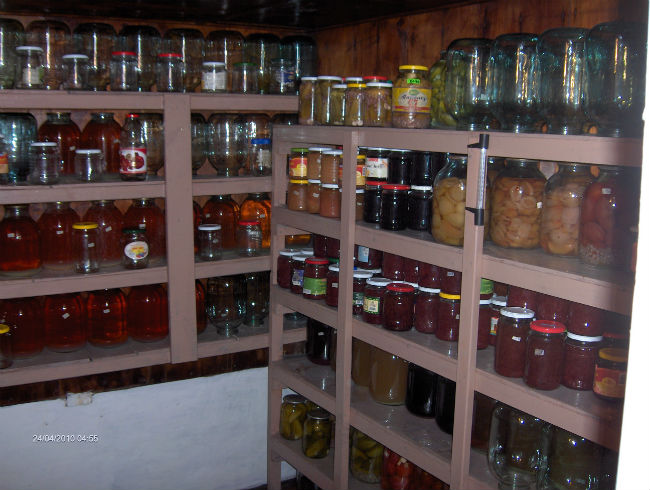
Increased humidity in the cellar leads to a shift in the dew point inside the room. At the same time, under normal conditions, it should be outside it. The consequence of this process is the formation of condensate, which covers all surfaces and contributes to the development of dampness. Mold, musty air, food rotting and rack corrosion are just a few of the problems that excess moisture can cause.
An increase in temperature makes the air drier, which also does not bring anything good. A sharp decrease in moisture levels and an increase in thermal indicators have a negative effect on products, drying them 2 times faster. Therefore, the temperature and humidity in the cellar must be constant, and also be within the limits provided for by the technical documentation.
Causes
Controlling humidity and maintaining it within certain limits is a rather difficult task. It is very easy to break the precarious balance between the main indicators. The slightest flaws in the design or neglect of construction technology affect the characteristics of the room. The greatest influence on the microclimate in the cellar has:
- soil type;
- location;
- waterproofing quality;
- quality of thermal insulation;
- condition of the ventilation system.
High humidity in the cellar may be the result of its construction in unsuitable soil. Each type of soil has its own coefficient of thermal conductivity. The higher its performance, the less the soil can withstand thermal stress. Moreover, such a statement is true not only in relation to an increase in temperature, but also to its decrease. Soil with high conductivity freezes fairly quickly. Cold air reaches the cellar, contributing to a sharp decrease in air temperature in it. Loam and clay are a poor base for building a facility, and sandstone and sandstone are considered good soil for building it.
Imbalance of the main indicators can occur if the cellar is located incorrectly. If the building is not deep enough underground or near water sources. In this case, it will warm up faster in summer and freeze in winter. To neutralize such phenomena, it must be deepened by at least 0.5-1.0 meters. Another option may be to build a cellar directly under a residential building. In this case, the heat from its heated part will penetrate through the ceiling, contributing to the dew point mixing.
High humidity in the cellar may be the result of poor waterproofing. During the rainy season, water saturates the ground and, in the absence of a protective layer or its violation, can seep through the brickwork into the room. At the same time, the amount of moisture that enters the cellar depends on the area of \u200b\u200bthe unprotected area and the intensity of washing the walls. This problem can be solved only by applying a waterproofing layer to the outer surface of the object.
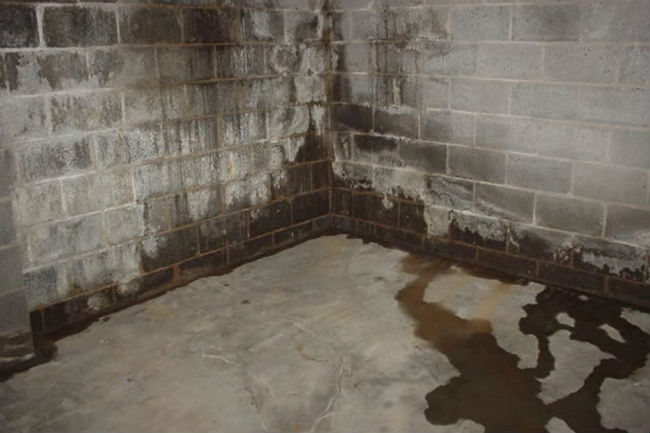
The quality of thermal insulation also plays an important role in creating optimal conditions in the cellar. If it is located in clay soils, is not deep enough underground, or is equipped directly under the house, then an imbalance between temperature and humidity cannot be avoided. The situation can be corrected only by creating an additional heat-insulating layer, which is mounted on the ceiling or walls.
Condition of the ventilation system
Humidity in the cellar should always be the same. The most significant role in the process of removing excess heated air is played by the condition of the ventilation system. A well-functioning hood can neutralize most of the negative factors that lead to a violation of the microclimate in it. The operation of any ventilation system is based on the natural circulation of air masses, which rise up when heated, and after cooling down again to the floor. This property is especially clearly seen in a closed space, which is the cellar.
Important! According to the regulatory documentation, at least 150-180 cubic meters should be supplied through the ventilation system every hour. fresh air. Such an indicator makes it possible not only to remove the humidity in the cellar, but also to partially normalize the temperature regime.
In the process of heating, the air absorbs particles of liquid and rises to the ceiling with them. In this case, the cold air stream descends to the bottom of the room. Thus, the creation of a ventilation system of a supply and exhaust type is carried out on the basis of the difference in air temperature inside the cellar and directly outside it.
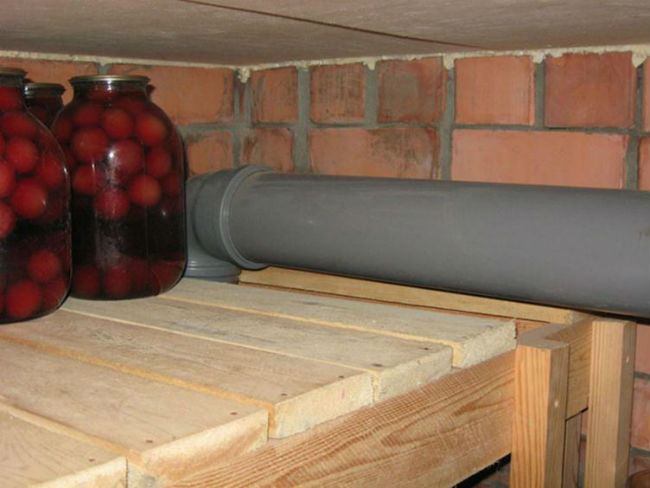
Reduce humidity in a cellar with a small area up to 10 sq.m. possible through the use of natural ventilation. The principle of its functioning is to organize good air circulation based on the physical properties of the air. The outlet channel is installed near the ceiling, providing the removal of heated moist air masses. The inlet is mounted at the very floor 10-15 cm before its surface. Moreover, both air ducts are located at different ends of the room. This installation scheme allows you to organize excellent air exchange inside the room.
Get rid of high humidity in a cellar with an area of more than 10 sq.m. possible only with the use of forced ventilation systems. The principle of their operation is based on the use of special exhaust fans that increase the natural air circulation.
To bring the temperature and humidity indicators back to normal, the parameters of the cellar must meet all the necessary standards. The presence of leaks, poor thermal insulation and improper territorial location have a negative impact on the indoor climate. Therefore, such problems must be eliminated at the design stage and construction work must be carried out in accordance with the standards specified in SNiP.
Humidity and air temperature are the determining parameters, on the value of which the storage conditions of products depend. At the same time, it is not easy to achieve the optimal ratio between these indicators. The climatic conditions inside the cellar are influenced by a huge number of factors, among which a special place is occupied by the functionality of ventilation.

